

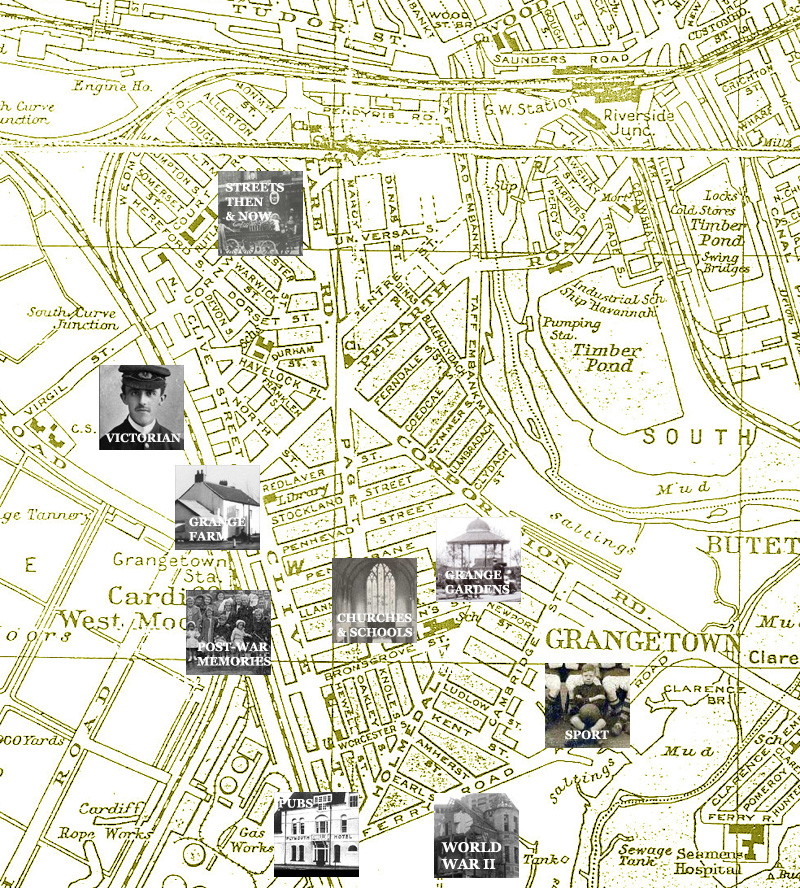
Grange Gardens - the first 125 years
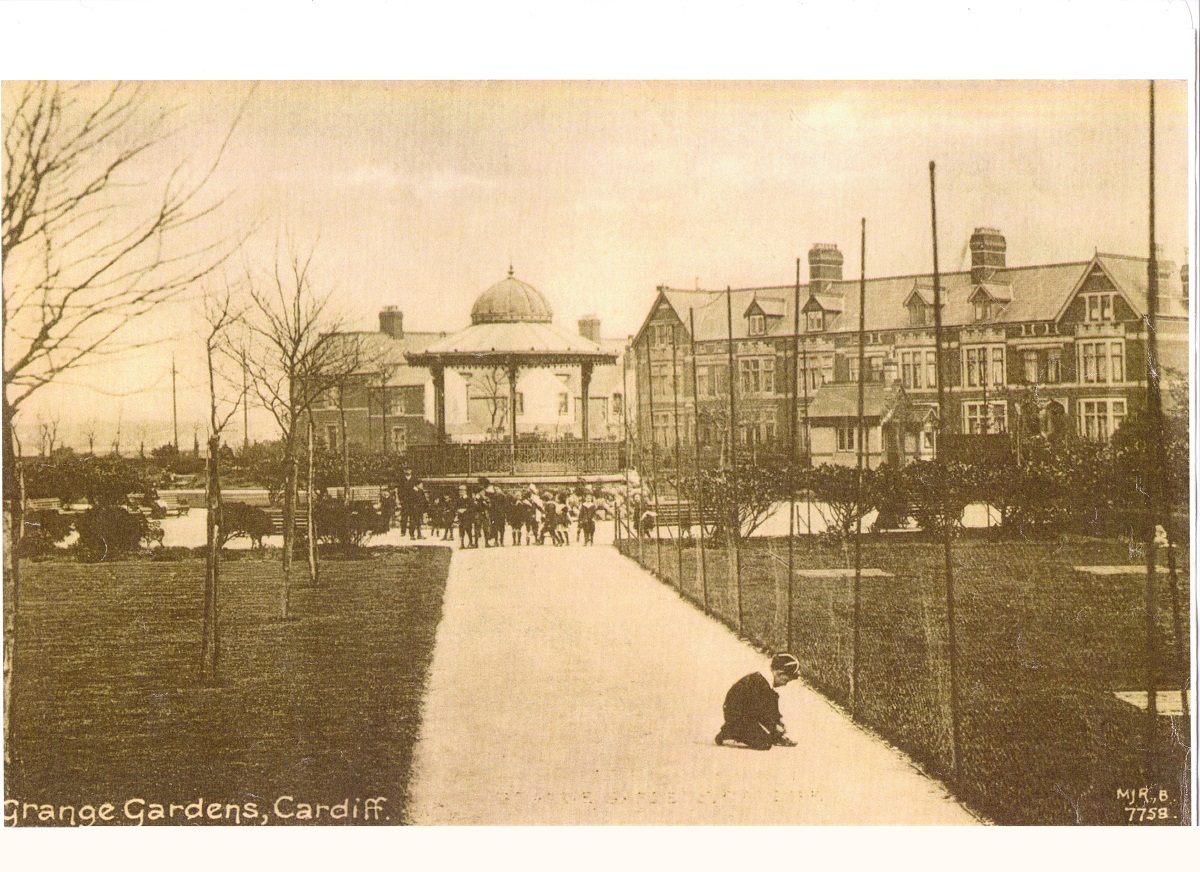
Grange Gardens is not the largest park in Cardiff but it has maintained much of its original Victorian character over its 125 year history and has been enjoyed by generations of local residents.
Originally on farmland owned by the Marquis of Bute, by the 1890s it was on ground also partly belonging to Lord Windsor's estate. The two landowners were persuaded to jointly make a gift to the town in 1891 after concerns about the lack of open space in a rapidly-growing neighbourhood.
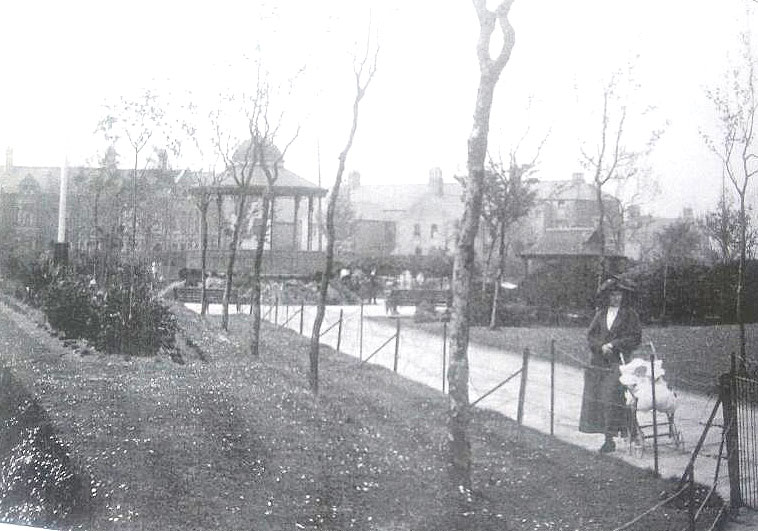
There was a clamour too from a public health standpoint, with Grangetown already having its share of overcrowding and poverty. As the 1890s saw the suburb's population rise by 75%, this proved to be not merely idle speculation. Dr Alfred Sheen, a Roath doctor, backed by fellow physician Garrett Horder, wrote in early 1891 to the Evening Express and Western Mail to say if something was not done soon, Grangetown, East Moors and Roath “would be covered with houses”.
“Other things being equal, the death-rate increases with the density of the population. Property has its duties as well as its rights and I maintain one of its duties to be to provide open spaces for the use of the inhabitants in thickly populated districts.”
Chapels and temperance campaigns had concerns too about “recreation” for the working man being concentrated on the public house and the shebeens, illegal drinking dens. In 1893, there was the “Hotel de Marl” open air drinking “club” on the clay pits off Ferry Road. This was a defiance of the Sunday drinking ban, with the legislation still allowing gentlemen’s clubs to serve alcohol. The initiative, which saw men sharing barrels of beer, spread to other open spaces.
Set against this background, Cardiff was starting to reflect the municipal boom in parks elsewhere in industrial Britain. The development of Roath Park - vast and extravagant compared to what was proposed for Grangetown - had begun in 1887 and would open a year before Grange Gardens.
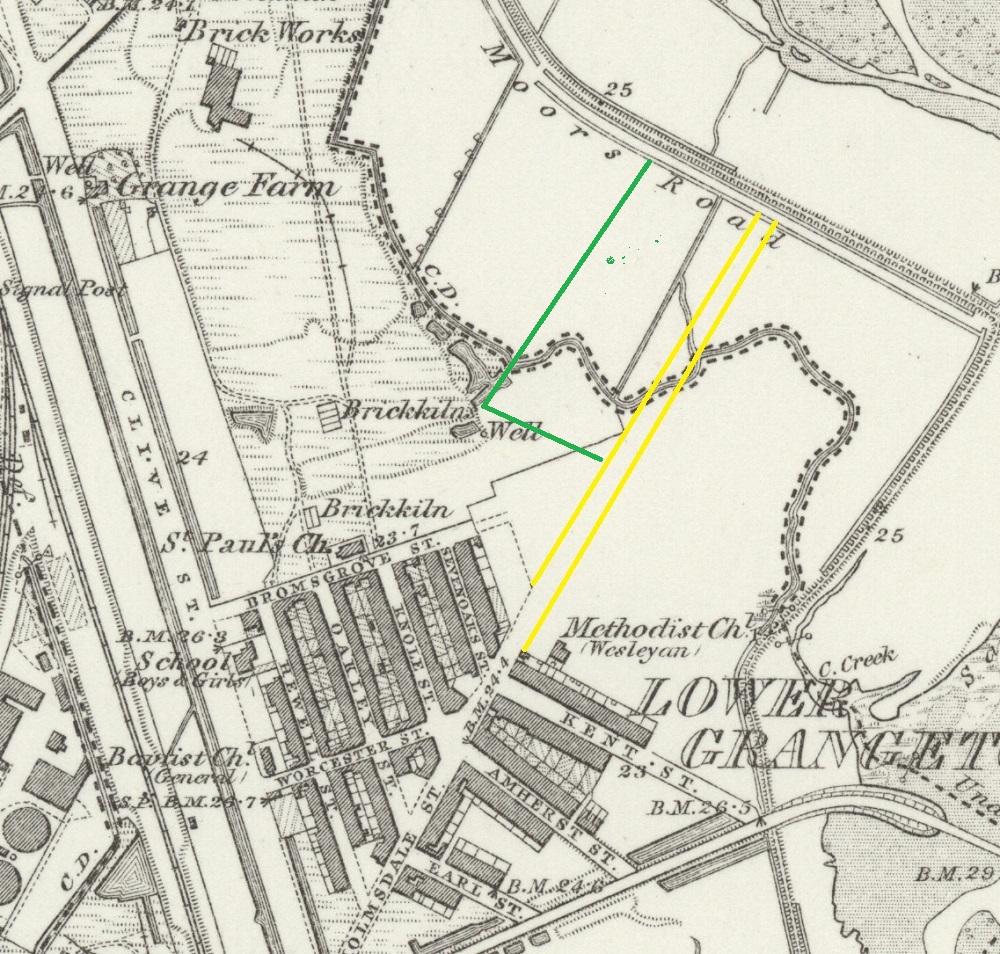
The nine acres offered for Grangetown off the old Moors Road - soon to be developed as Corporation Road - consisted of 9,000 square yards belonging to Bute and 5,764 square yards from the Windsor estate.
Local councillors Samuel Brain and Samuel Mildon, although from different parties, were "indefatigable," as one newspaper described, in working behind the scenes on the deal, while Cardiff's parks committee were approached by local ratepayers and Mr Brain to make arrangments.
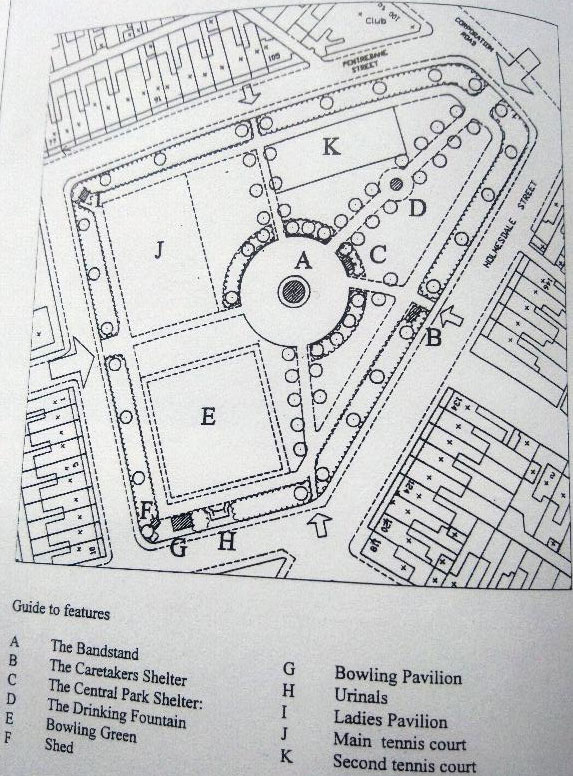
The size of the new park meant it could never accommodate the main recreational sports - rugby, football and cricket. Athletics and rugby was already being played on a field off the old tanners' yard off present day Sloper Road. The demands could already be heard for more space.
The laying out of the park cost £2,374 and a bandstand was constructed in February 1895 at a cost of £100 - a first for Cardiff at the time. This was a coup, as Roath Park had been angling for one and some councillors were worried they had opened the floodgates for demands in other places.
The park made the best of its restrictions and an early feature was two tennis courts, another first for the town's parks. There was also a charming park-keeper’s shelter, complete with its own chimney, costing £80 and built by William Best and Co, of Roath. The gates and railings from George Kyle of Cardiff would cost £349.
Grange Gardens was perhaps fortunate that William Pettigrew, the son of the head gardener at Cardiff Castle, had recently returned to the town to take over as the head of parks and gardens for the council. Although in his 20s he would go on to make an impression on his adopted town's landscape - not least for his landmark designs at Roath. He worked with head engineer William Harpur, who was also responsible for the Clarence Road bridge, half a mile away.
The development was not without its complications. There was frustration at the delays to the project, with an impatience for work to start and a feeling the council was dragging its feet in waiting for every legal detail to be finalised. It was futher hampered by the wrong foundations being laid for the bandstand, while there was a health row about the filling in of the ground with waste from tips.
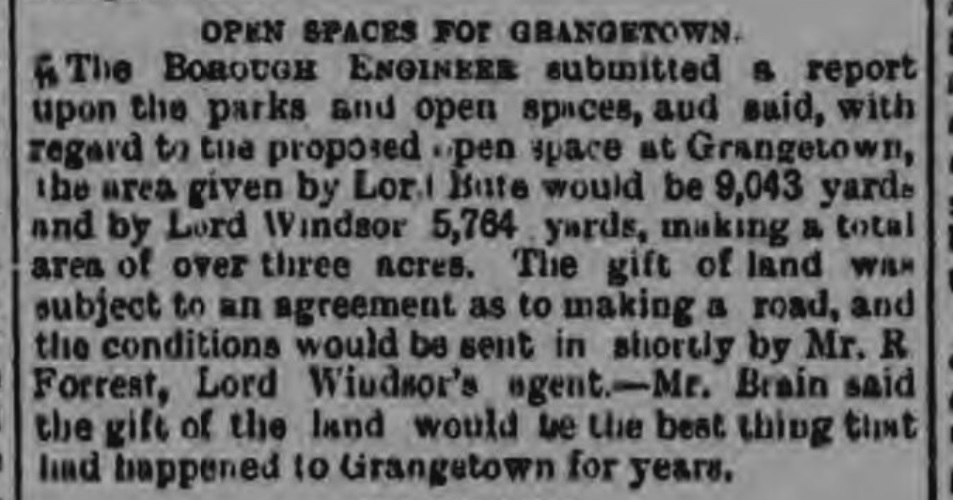
Nearly four years after it was first proposed, "Grangetown Gardens" was finally opened on the evening of June 19th 1895 by councillor Joseph Ramsdale, the deputy chairman of the parks committee. "A very large number of the inhabitants of Grangetown" gathered for the ceremony and the mayor proposed a toast to Lord Bute and Lord Windsor. Mr D A Burn's Roath brass band entertained with a selection of tunes. There was also the obligatory celebratory civic dinner later at the town hall.
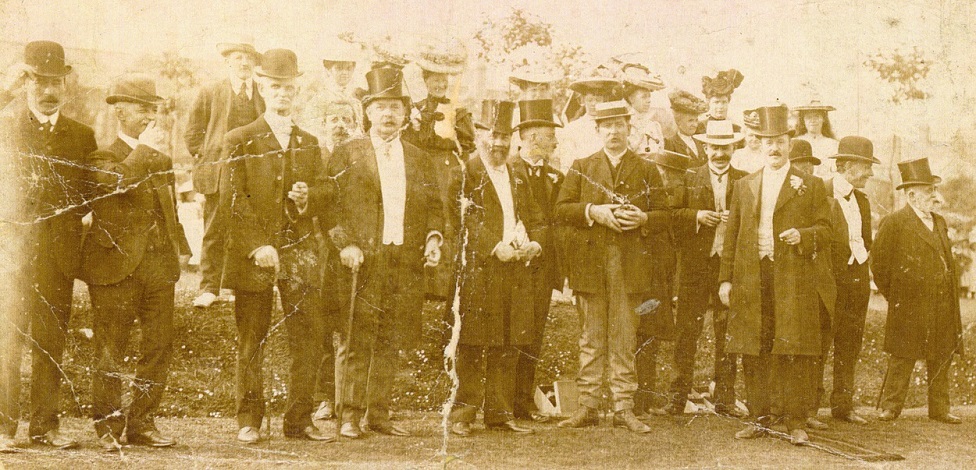
The opening of the bowling green in June 1906
The bowling green
Grange Gardens did not arrive complete - there was a real evolution. The bowling green dates from June 1906 and was opened by Councillor Dixon who spoke of his pleasure to see the ancient game alienate young men from public houses. The green was "admirable for its smoothness"
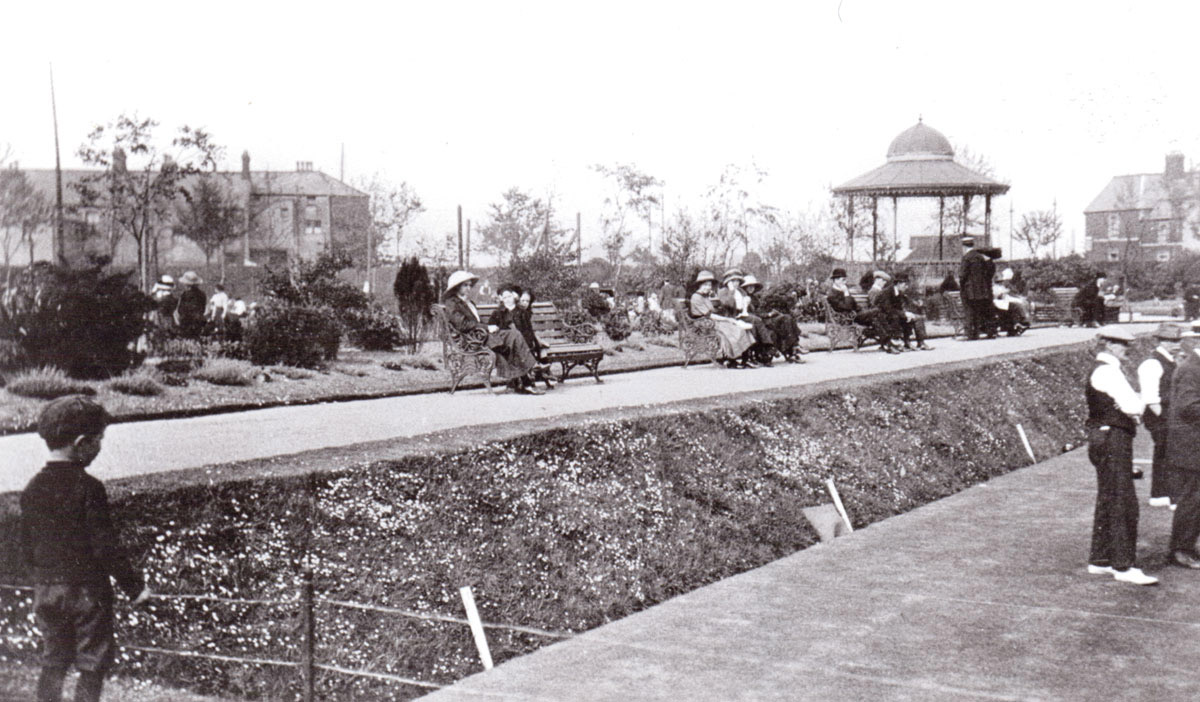
Grange Gardens and bowling green, c1900s.
In July 1906, a Western Mail report described the gardens being enjoyed, with a bowling green “alive with players” and two tennis courts, although there was no room for other sports like cricket. The park was “nicely planned” and “studded with flower beds”.
The Splott Temperance Band were playing in the bandstand, attracting a large crowd from all over Grangetown for a musical evening.
“Whole families were evidently out for an airing, for the children were well under control and, until nine o’clock when the national anthem was played, there was a constant stream of players on the ground.”
Among the bowlers was councillor John Chappell, chairman of the parks committee, who was asked by one man when the quoits pitches would be ready. It would eventually be installed but would turn out to be a passing fad.
“Don’t you think we should have livelier music for the sake of the children?” asked another father, who was marching a couple of little toddlers around.
The council was already starting to rent nine acres of land at The Marl from the Windsor estate as a recreation ground at a cost of £1 per acre. But that was already seen as too small.
“The district is just the kind of area where public open spaces are of real value to the masses.”
In 1908 though, the behaviour of children during band performances was noted by the parks superintendent: “The behaviour of the children & youths at Splott & Victoria Parks & Grange Gardens has been so bad that it has been found necessary to engage several police officers during each performance to assist your Park Keepers in maintaining order.”
After “drastic steps” were taken, behaviour improved, apart from Victoria Park, which was still the “worst in the city,” for children jumping over the fence.
The bowling green after only three years had to be resurfaced at a cost of £418. Two dozen unemployed men were taken on to excavate the site – but a 120ft long ditch was found when they dug down through the old bowling green and so they needed to take out a lot more material.
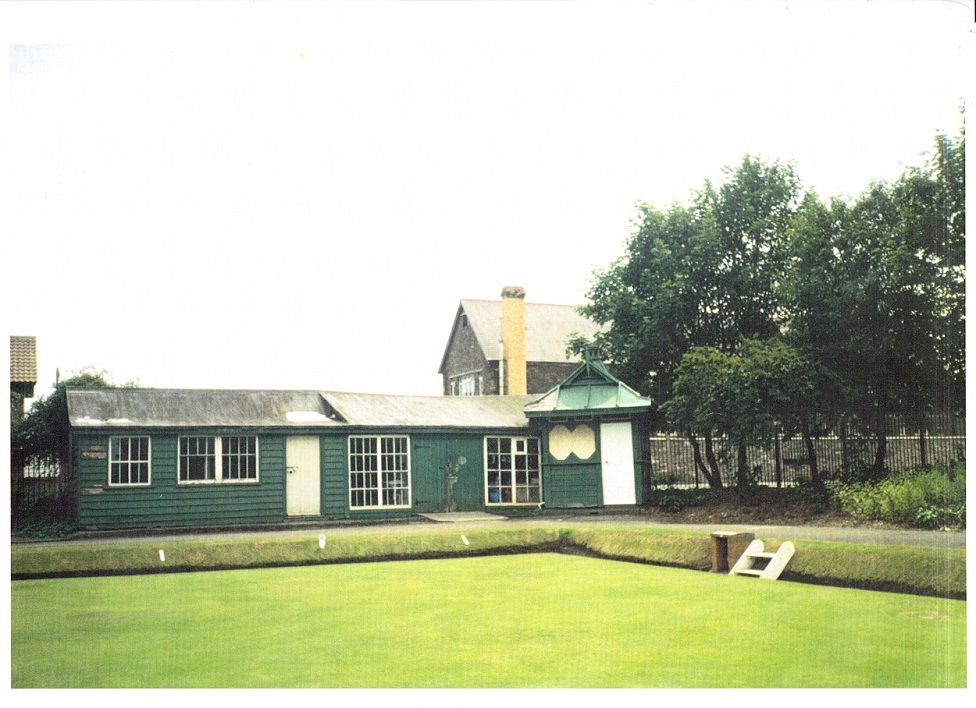
A timber bowling shelter for members was added in 1912 and a ladies shelter and urinals added before being dismantled.
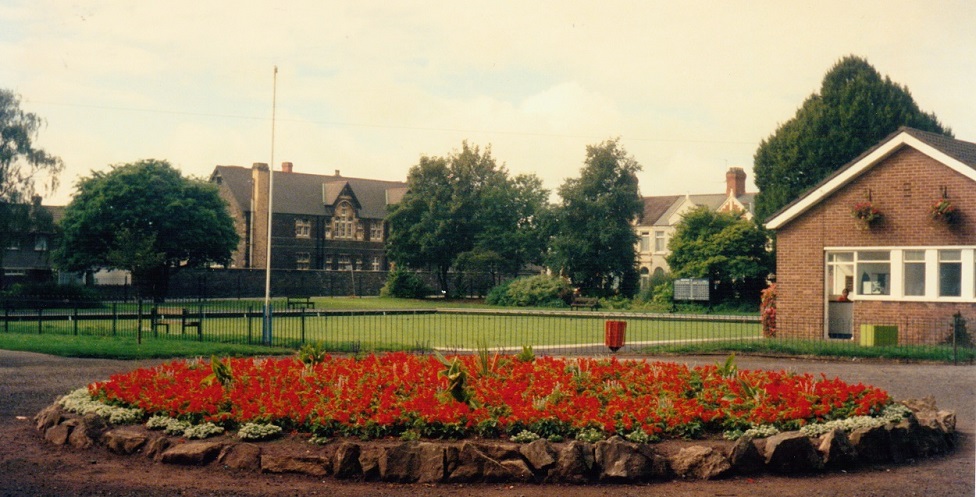
A more modern, if fairly ugly, pavilion was built as a replacement in 1964 at a cost of more than £8,100. Sadly, after more than a century, a decline in membership led to the bowling club folding in 2013. The building was turned into a community centre but was demolished to be replaced by the splendid £1.6m Grange Pavilion commmunity venue, due to open in the summer of 2020.
The drinking fountain
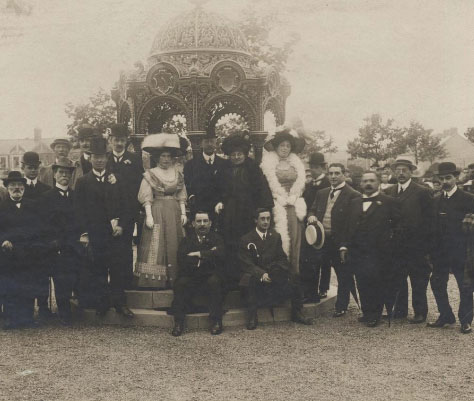
This shows the cast iron drinking fountain being presented in 1909 by Isaac Samuel in memory of sister Priscilla Rachel Joseph, who had died in Leicester in 1898. She left two children when she died at the age of 35. Her daughter Winifred took the first sip of water to mark the occasion of the fountain's unveiling.
The family donated a number of fountains in memory of family members, including Louis Samuel, a local funiture dealer and magistrate. He died in 1906 and was known as a “friend of the poor,” who bought shoes for children so they could attend school. He was often approached for his charity and was remembered for his gentle disposition, a man who said to be “pleased more with flowers than politics.”
The Samuels were a prominent Jewish family, who came to Wales from Poland in the 1940s, with Moses Samuel becoming a watchmaker in Bute Street. The Grange Gardens fountain was removed in World War Two but a non-functioning replica was installed in 2000.
Remembering the war
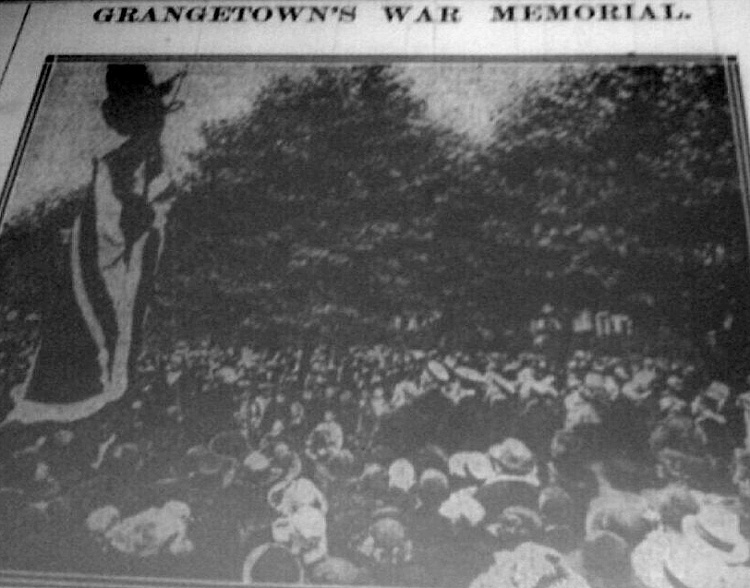
The memorial was unveiled in July 1921 - listing 330 men who died.
The Grade II listed war memorial was unveiled on 7th July 1921, on the fifth anniversary of the Battle of the Somme. Cast in Portland stone, with bronze plaques in the Art Deco style, it was the work of Henry Charles Fehr, a London sculptor, already responsible for the dragon on top of City Hall.
The £1,000 cost was raised from public subscription, which began before the end of the war, such was the knowledge that a fitting memorial to the sacrifice would be required. The fund-raising was so successful, efforts could turn to raising £80 for a stained glass memorial window at St Paul's church.
No minutes of the organising committee survive but there is a mention in a report of the council's park committee of September 11th 1919 of plans to present a "handsome memorial," at a cost of £1,000, including a "beautiful design figure of peace".
The report also mentions that it would record the names of between 400 and 500 men of Grangetown "who lost their lives in the country's service. Despite that being a very accurate estimate at the number of casualties, it is puzzling that only 330 names were eventually included on the panels. The names researched as part of the Grangetown World War One project, which also uncovered another 155 additional names, not included.
Interestingly, a plaque was added in 2000 in memory of Private William Laugharne, who died in 1917 but whose body was only found nine years after the end of the war by a Belgian farmer. Surviving members of his family attended the ceremony, along with representatives of many service organisations. Further plaques to the "missing" World War One casualties and those who died in World War Two have been added.
Changes in wartime
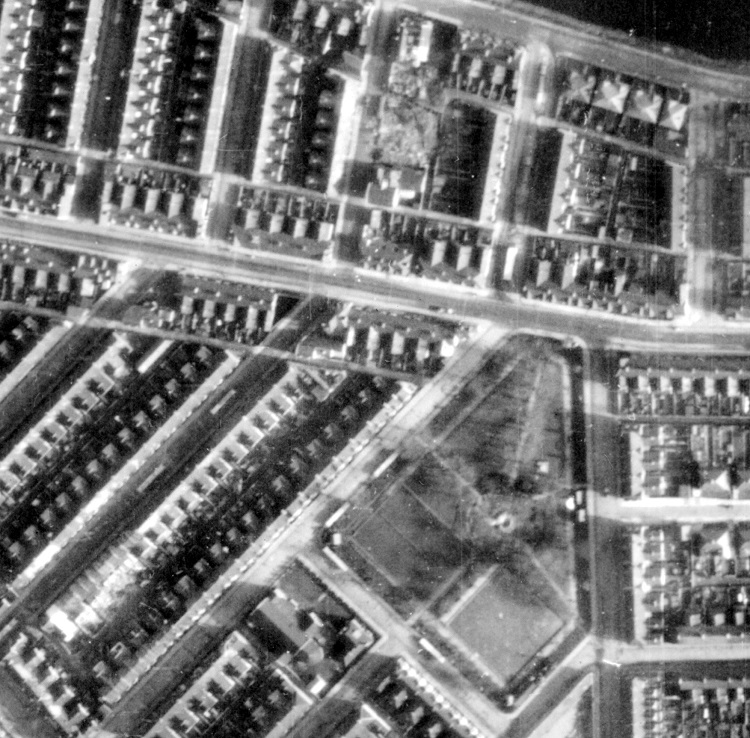
An aerial photo of Grange Gardens during World War Two. The white oblong objects in the streets are the tops of communal air raid shelters.
The bandstand - in the state of some disrepair by now - the drinks fountain and the gates and railings were removed during World War Two, their metal more precious for the war effort.
The flower beds were also turned over to vegetable growing, while the air wardens occupied the bowls pavilion and the fire wardens could draw water from what was the fountain's source.
"Cecil Guy, Gwyneth Lewis and their team used to give demonstrations
in Grange Gardens. After moving home from Clive Street, the Guy family settled
in St Fagans Street opposite Grange Council School. The fountain sited midway
along the eastern path to Corporation Road, remained until long after the
war alongside which at that time was a large resevoir excavated and lined
with shuttered concrete for emergency fire fighting use. It was bounded
by wood-lath wired fencing which was to be seen all over the city, and in
fact all over the UK in those days. It was cheap and quick to erect."
Scenes from the park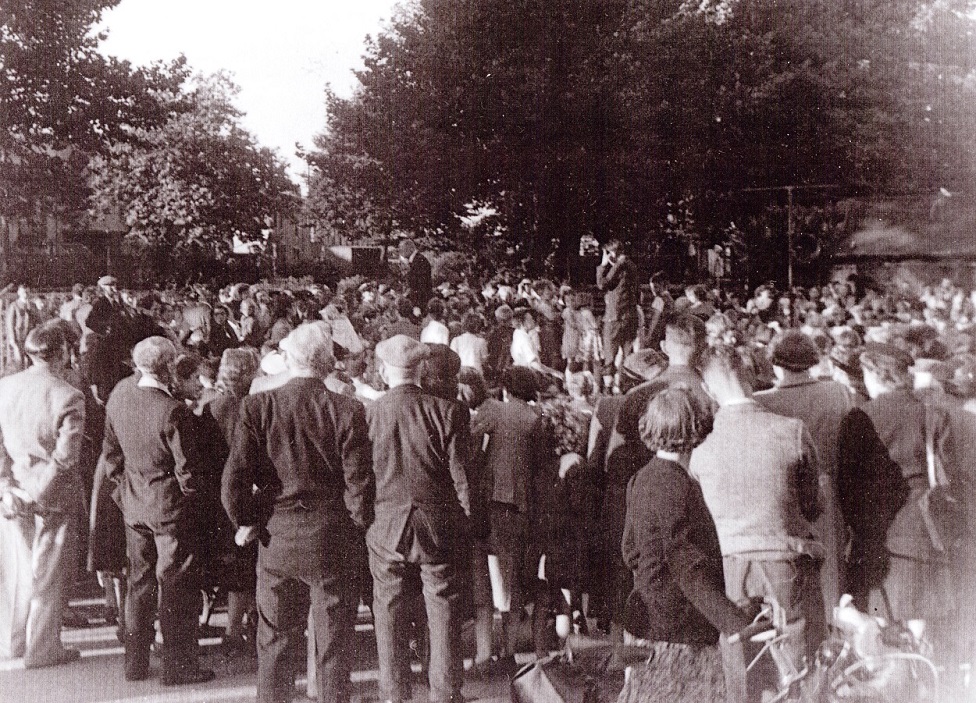 Colin Gundersen writes: "During the war, events
arranged around the 'Holiday at Home' campaign running at that period (an event in 1944 is pictured above). It made
large use of the park to include open-air dancing around the base of the
old bandstand, the base itself being used for announcements by the "master
of ceremonies" if that is not too grand a title, together with moral-boosting
speeches by local councillors concerning such matters as the amount collected
for the Spitfire Fund.
Colin Gundersen writes: "During the war, events
arranged around the 'Holiday at Home' campaign running at that period (an event in 1944 is pictured above). It made
large use of the park to include open-air dancing around the base of the
old bandstand, the base itself being used for announcements by the "master
of ceremonies" if that is not too grand a title, together with moral-boosting
speeches by local councillors concerning such matters as the amount collected
for the Spitfire Fund.
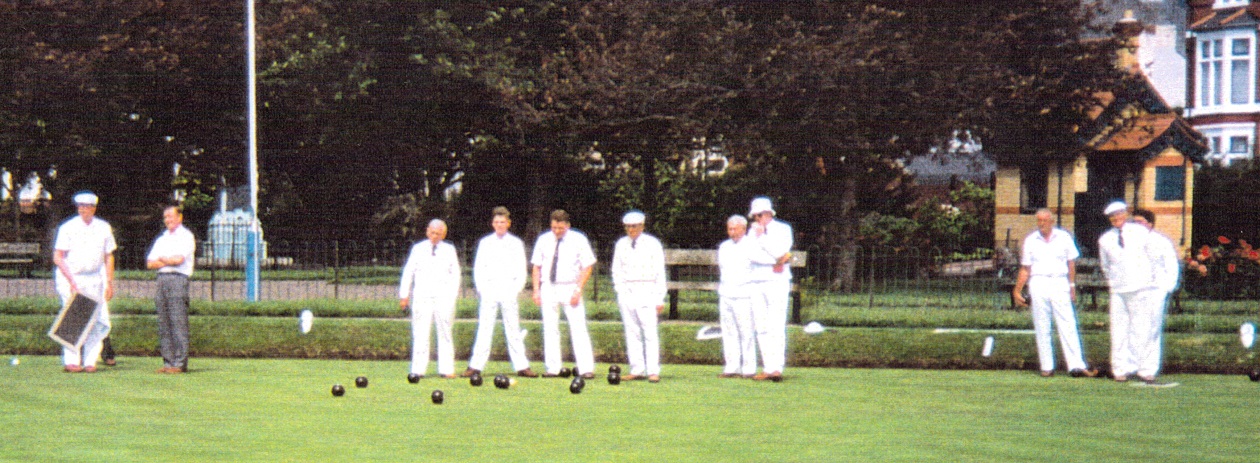
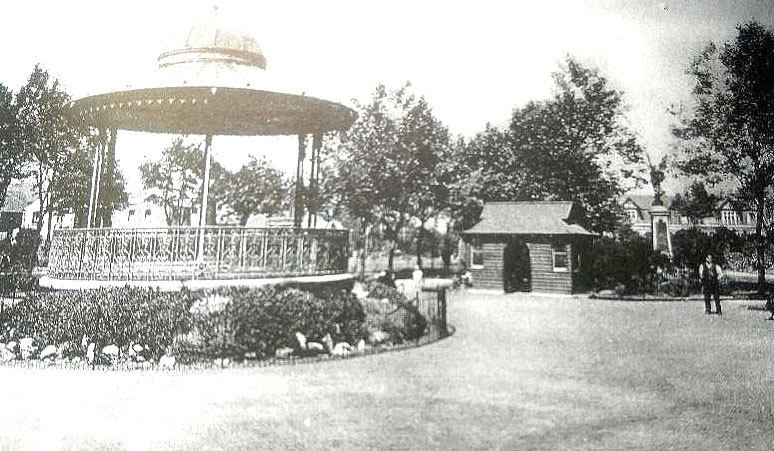
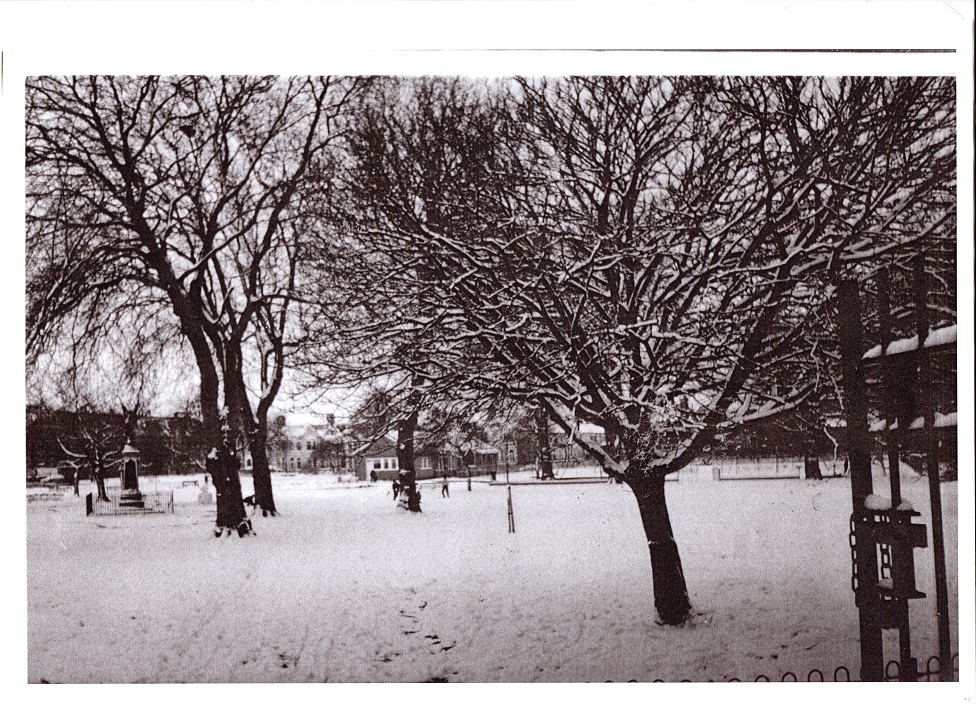
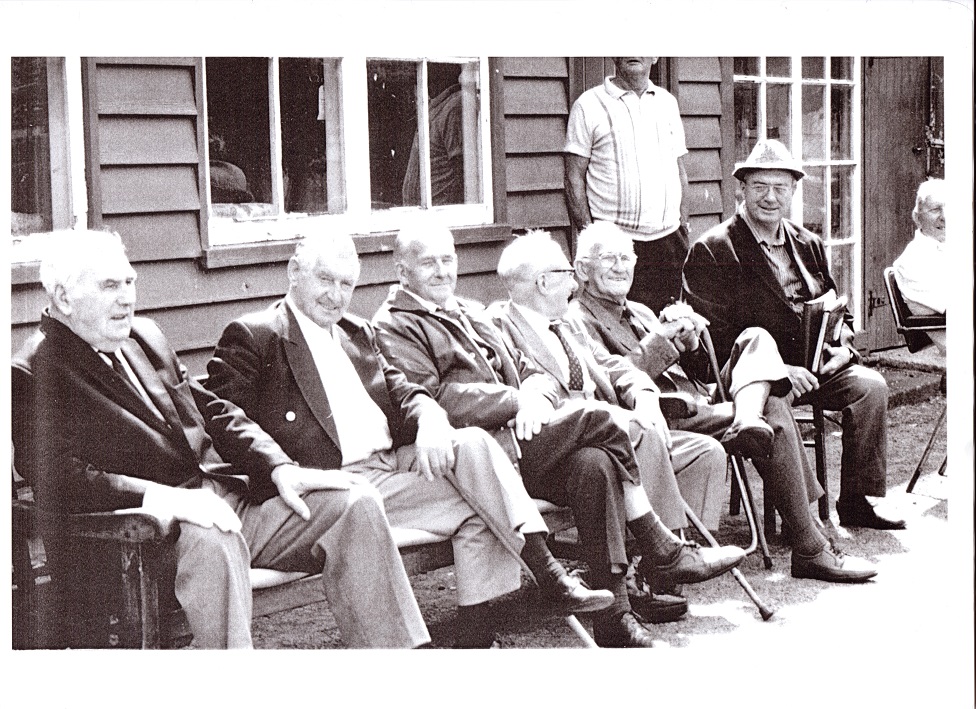
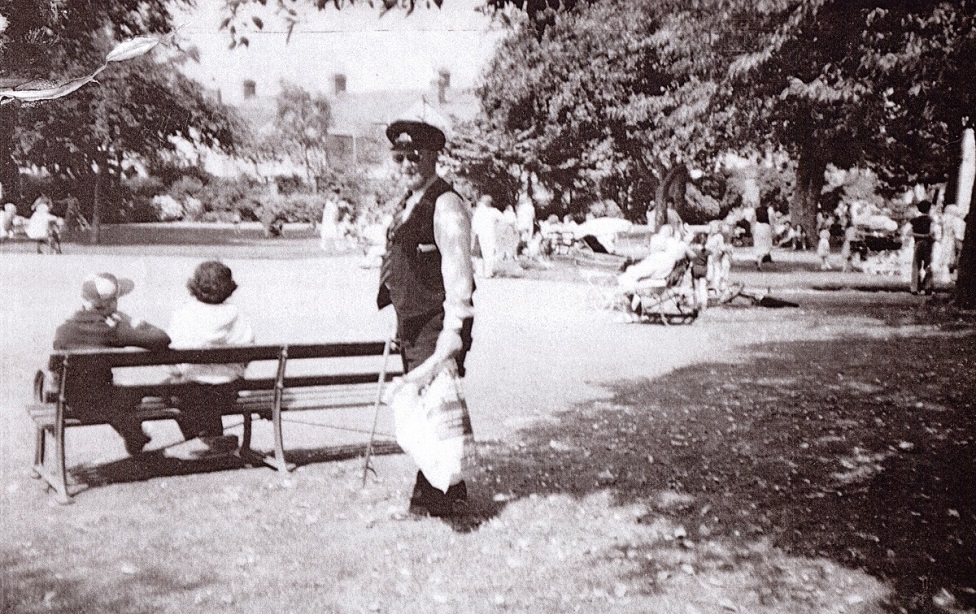 The tennis courts eventually made way for a children's playground although the the first swings were
not erected until 1961. The gardens celebrated
their centenary with new trees, fences, a relaid path and improved children's
equipment. The bandstand, a replica of the original, was rather more expensive than the original. The replacement cost £324,000 and it was finally opened with a ceremony - and
plenty of music - in 2000. The replacement fountain was the final touch.
The tennis courts eventually made way for a children's playground although the the first swings were
not erected until 1961. The gardens celebrated
their centenary with new trees, fences, a relaid path and improved children's
equipment. The bandstand, a replica of the original, was rather more expensive than the original. The replacement cost £324,000 and it was finally opened with a ceremony - and
plenty of music - in 2000. The replacement fountain was the final touch.
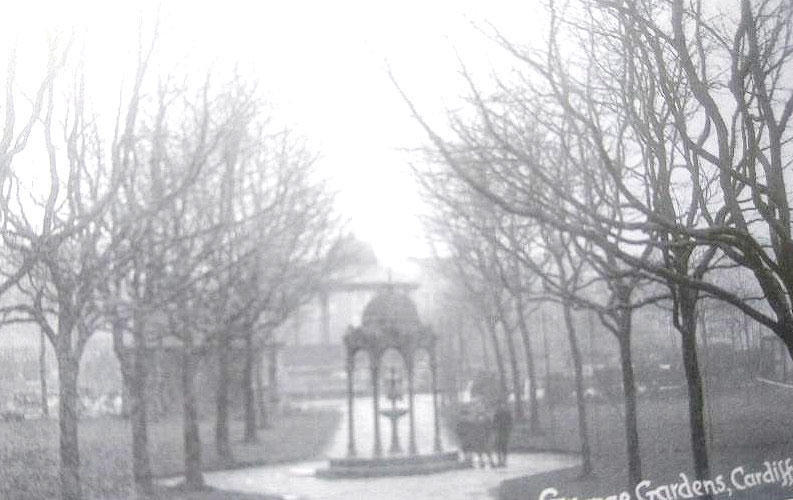
The gardens joined Cadw's register of parks of historic interest in Wales in September 2013. It was included because it represents a "well-preserved Victorian urban public park that retains much of its original layout" and became the first of Cardiff’s parks to include a bandstand and public tennis courts. Although not the same level of protection as a listed building, it does give the park some status in terms of any future planning application.
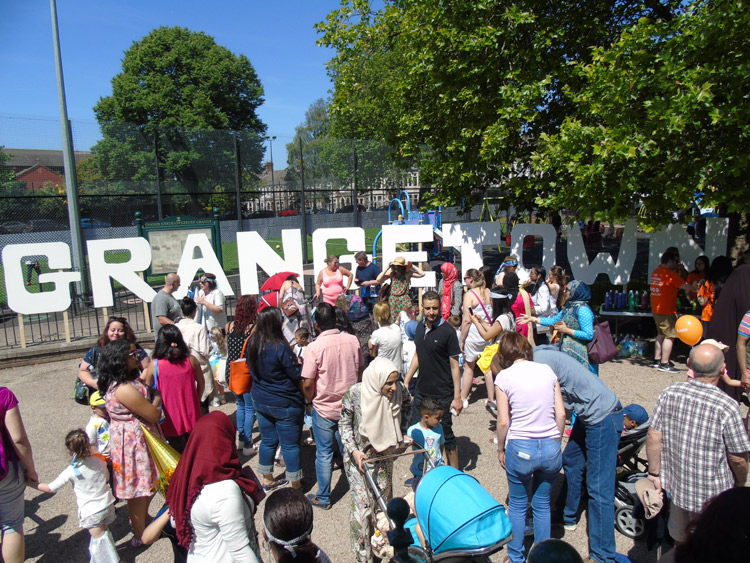
Continuing to change
The Grangetown Festival found a permanent home in the park for its well-attended annual carnival and fete day, held in the gardens every June since 2001. The park has continued to change - an all-weather five-a-side football court was opened in 2017, thanks to funding from Uefa, to coincide with Cardiff hosting the European Champions League final.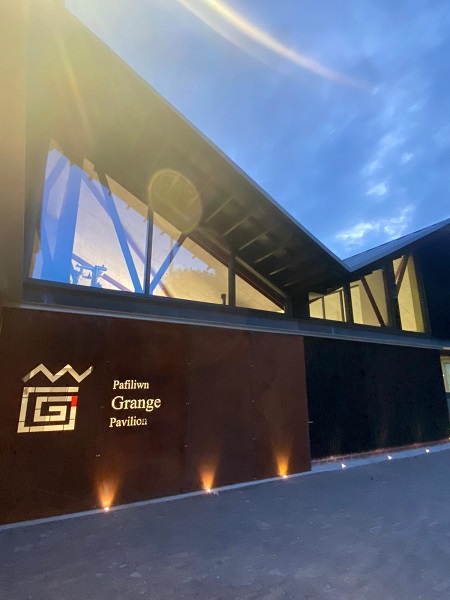
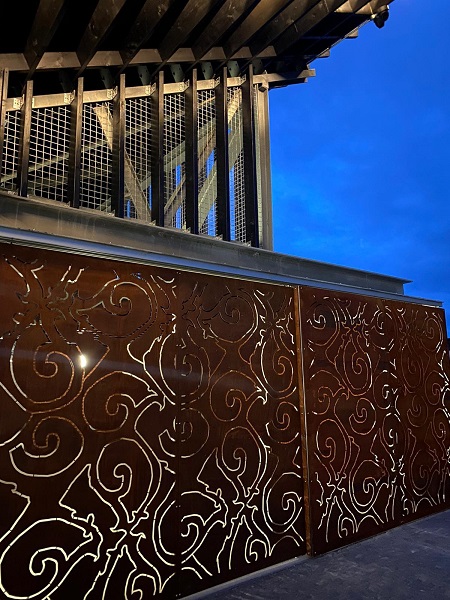 The new Grange Pavilion opened in the late summer of 2020. It is a £1.8m multi-purpose venue for the community, on the site of the old bowls pavilion. It's an exciting new chapter for the park, also providing a much-needed cafe and toilets, to enhance the facilities for visitors.
The new Grange Pavilion opened in the late summer of 2020. It is a £1.8m multi-purpose venue for the community, on the site of the old bowls pavilion. It's an exciting new chapter for the park, also providing a much-needed cafe and toilets, to enhance the facilities for visitors.
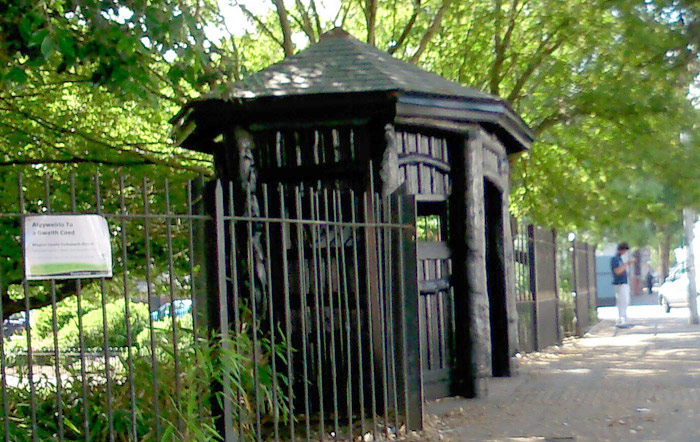
The quirky shelter
Just outside the entrance to the park on Corporation Road is a wooden shelter, near the
bus stop, which is believed to date from Edwardian times and is itself a listed structure
and was refurbished in 2014. It was perhaps used as a tram shelter at some point or there is no indication it was built for that purpose. A short item in a 1905 chapel magazine on the electric cars along Corporation Road said: "The eagerness of the [council] officials to expedite the journey has resulted in the Grange Gardens stopping place being converted into a 'stop - if required' station."
Serving up the past
Thanks to Jeff Barkley, who has given us a glimpse of Grange Gardens from more than 50 years ago. Grangetown Local History has been donated copies of photos of Jeff's grandfather Fred Lewis, who during the 1940s, 50s and early 60s worked as a gardener in Grange Gardens and for many years maintained and was in charge of the bowling green there. He lived in Clare Road where Jeff was also brought up. Mr Lewis died in 1972. Anyone who knows who the tennis players might be - let us know!
A short animated film made in 2004 by Jane Hubbard, with the history
society and Grangetown Primary School, looks at the history of Grange Gardens.
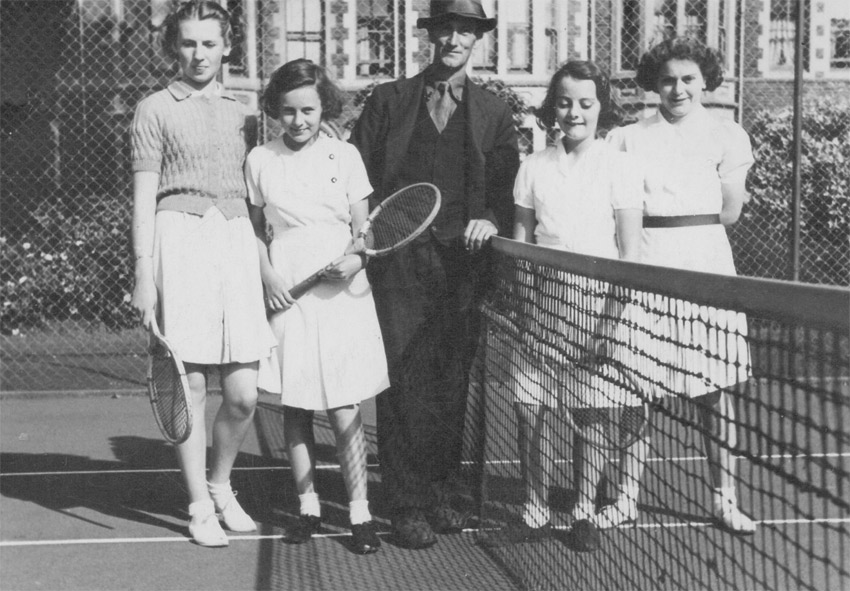
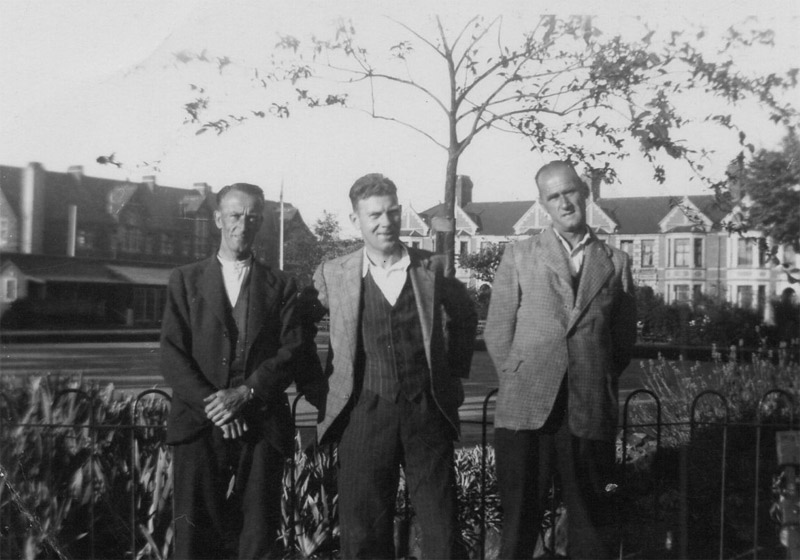
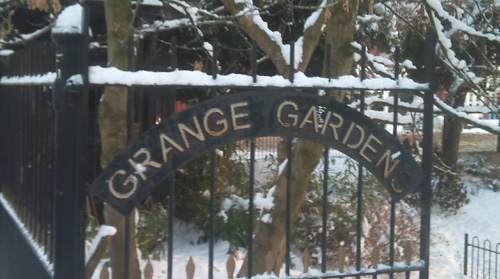

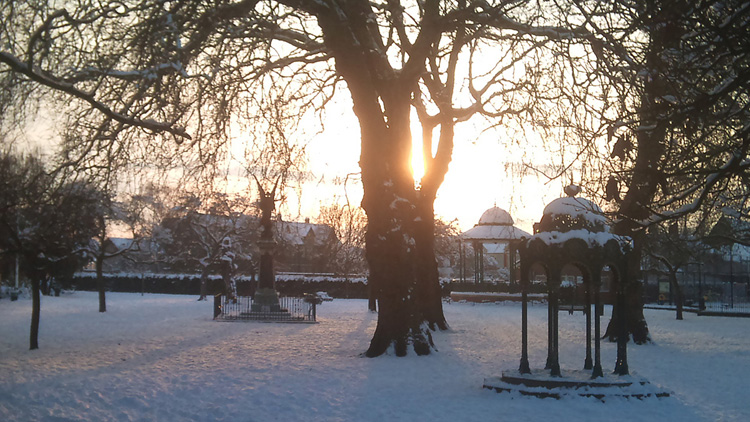
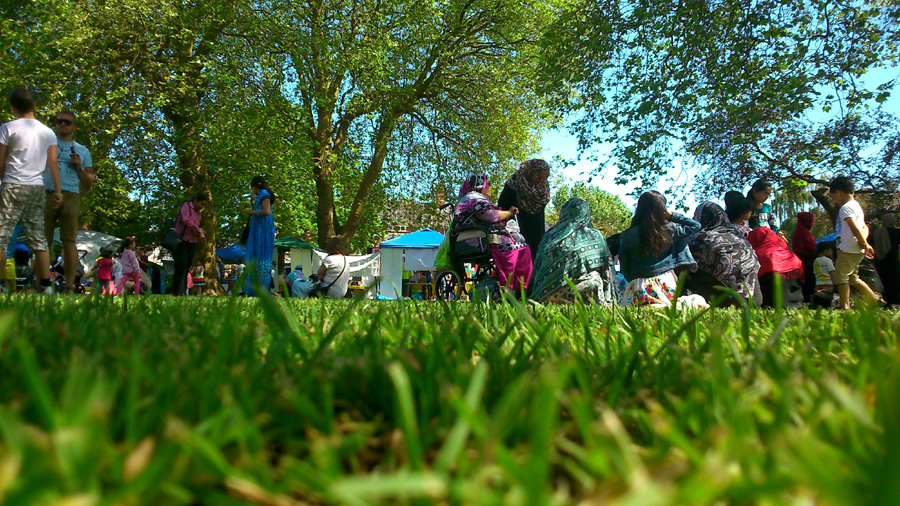
The Marl
The Marl clay pits off Ferry Road - the source of material for bricks and also the location of the notorious "Hotel de Marl" Sunday drinking den of the mid 1890s - would by Edwardian times become the beginnings of the recreation grounds which surive to this day.
There were calls for a recreation ground from 1903, firstly with four acres off Avondale Road to be acquired from the Bute estate; another attempt was made to get land from the Plymouth estate. One letter from a mother to the Evening Express, said the children of the docks had "only the canal or mud" as their recreation ground. There is a lovely article in a baptist chapel magazine from 1905, The Grangetown Light of Home, entitled Is Grangetown Healthy?
"There are some people who assert that Grangetown is built on mud. For shame! If we wished to write a guide to Grangetown, it would be easy to draw attention to many attractions, including our model geometrical streets. From a balloon, there appears to be three long streets - Clive Street, Paget Street and Corporation Road, intersected by smaller streets, all more or less important according to the ideas of the occupiers.
"We have what Roath and Canton have not - a sea frontage. Down by the Marl Pits, which now ought to be called the Marl Recreation Grounds, we have a beautiful picture; and if residents of Cardiff who look down on this district, only came and took a peep on a fine day at the shipping and passenger steamers sailing to and from Penarth Head, they would appreciate Grangetown far more than some of the natives do who have lived here so many years.
"Grangetown as a health resort! There are some grey-haired people in Grange; long life and fresh air are not the sole possession of Roath Park. We can go from Grange to Penarth - the south Wales Brighton - for three pennies, return fare. But the conductors on the electric cars demand six or eight of the same coins to take us to and from the end of our own town.
"To add to our attraction there should be an institute for young people with opportunities for learning and recreation. There should be local swimming baths that every boy and girl may learn to swim."
The baths was never built, although 75 years later we got a leisure centre nearby- minus a pool.
As early as 1906, the Grangetown baseball team was playing the Cardiff team for the first Dewar Shield at the Marl Pits, as it was still called. There was also by 1905 a children's playground, credited to the work of local councillor Arthur Sessions.